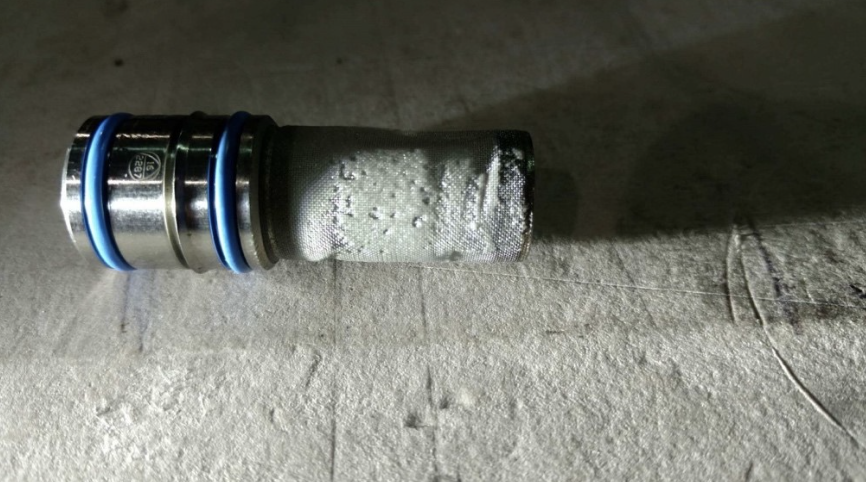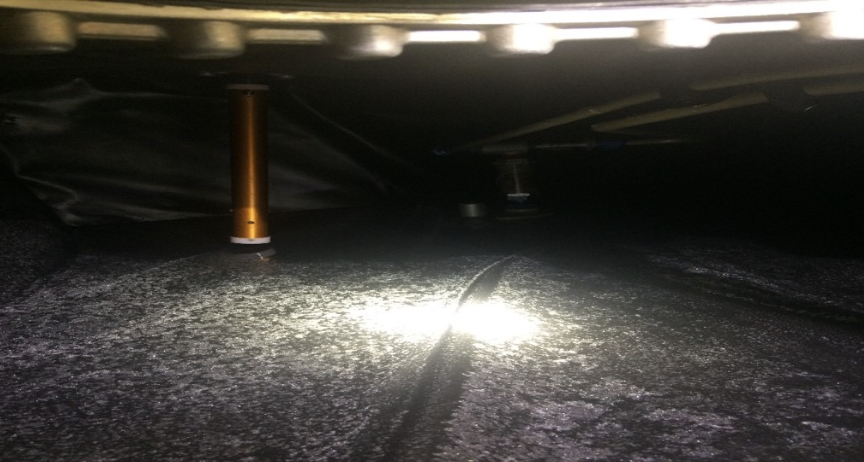Last month, another incident of Diesel Exhaust Fluid (DEF) contaminating jet fuel occurred at an FBO in the Southwest United States reminding us of the importance of diligence and training in mitigating this very real threat. In this latest report, the affected aircraft lost both engines before making a dead-stick landing approximately 280 miles away. Even though no injuries were reported, the risks for more catastrophic results remain high. Since 2017, the 5 reported incidents of DEF contamination of jet fuel have resulted in multiple in-flight engine failures and significant damage to aircraft fuel systems and engines. Miraculously, none of these cases have resulted in an aircraft crash…YET. Remember, DEF contamination is preventable.
There are steps you can take to eliminate risks. NATA and its Safety Committee created a free DEF Contamination Prevention training course following the first contamination incident in late 2017. FBOS AND AIRCRAFT OPERATORS MUST BE DILIGENT IN ENSURING THAT STAFF ARE NOT ONLY PROPERLY TRAINED, BUT THAT THEY ARE ALSO FOLLOWING COMPANY POLICIES AND PROCEDURES USED TO PREVENT FSII CONTAMINATION WITH DEF.
The following Q & A highlights key information for all FBOs and fuel providers:
-
What should I do if I believe that jet fuel has been contaminated with DEF?
Discard any jet fuel that has been removed from an affected aircraft because it is suspected of being contaminated with DEF and immediately quarantine the mobile refueler used to refuel the aircraft. The contaminated fuel should not be used on aircraft or other vehicles. NATA recommends that all FBOs and other aviation fuel providers work with their fuel distributor to develop a response protocol to aviation fuel contamination incidents. Such a protocol should include the training needs for FBO staff.
-
What is Diesel Exhaust Fluid (DEF) and what is it used for?
DEF is a urea and water-based fluid required by federal regulations to be used in the emission reduction systems of modern diesel engine vehicles. DEF is NOT a fuel additive, aviation or otherwise. It is a clear liquid, stored in a specialized tank on the chassis of diesel engine vehicles, that is then injected into the engine exhaust to promote reduction of noxious emissions.
-
How does DEF get into jet fuel?
Details of the latest incident are still pending, but the identified risk for previous incidents involved FBO personnel mistaking DEF for Fuel System Icing Inhibitor (FSII) and adding DEF to the FSII storage tanks on mobile refuelers. DEF and FSII are both clear, colorless liquids and if DEF is mistakenly added to a FSII storage tank, contamination is impossible to detect without a DEF in FSII Test Kit.
-
What happens when DEF contaminated jet fuel is delivered to aircraft?
The urea in DEF reacts with jet fuel to form crystalline deposits. These deposits then flow through the aircraft fuel system and accumulate on fuel filters and other fuel system components which can and has led to inflight engine shutdowns (see figures 1 and 2).

Figure 1: DEF crystallization on aircraft fuel filter.

Figure 2: DEF crystallization in aircraft fuel tank.
-
Has there been any guidance from the FAA on the issue of DEF contamination?
Yes. The following links provide more information:
AIR-21-08
SAFO 18015
SAIB HQ-18-28
-
What can FBOs and other fuel providers do to reduce the risk of DEF contamination?
In addition to the above guidance offered by the FAA, NATA recommends FBOs and other fuel providers reference the Safety 1st Operational Best Practice Preventing Contamination of FSII with DEF or any Other Product and the Energy Institute’s EI 1538 Handling of fuel system icing inhibitor and aviation fuel containing fuel system icing inhibitor at airports. Both resources and additional information are available at NATA’s dedicated Preventing FSII Contamination with DEF resource page. NATA also offers training on preventing contamination of FSII with DEF via the Safety 1st Training Center.
-
How can my team access NATA Safety 1st training on preventing FSII contamination with DEF?
-
Companies that currently use the NATA Safety 1st Training Center can simply assign the F008-DEF Contamination Prevention training to their students as they would any other Safety 1st course.
-
Companies who do not subscribe to NATA Safety 1st Training Center can contact us here for complimentary access to our DEF Contamination Prevention training.
-
Is there a way to test for DEF Contamination in FSII?
Yes. DEF in FSII Test Kits are available from Gammon Technical Products.
For general press inquiries, contact Shannon Chambers at 703-298-1347 or schambers@nata.aero.
The National Air Transportation Association (NATA) has been the voice of aviation business for more than 80 years. Representing nearly 3,700 aviation businesses, NATA’s member companies provide a broad range of services to general aviation, the airlines and the military and NATA serves as the public policy group representing the interests of aviation businesses before Congress and the federal agencies.